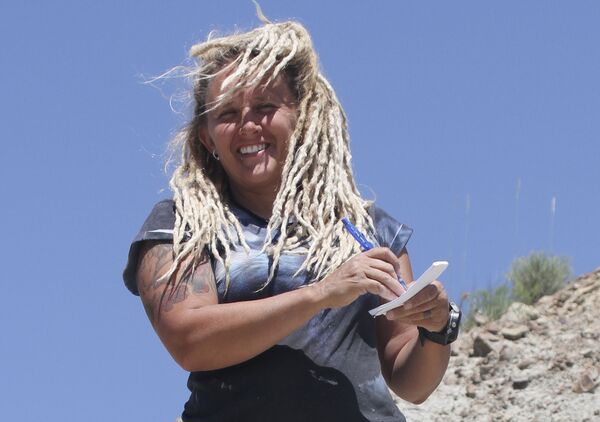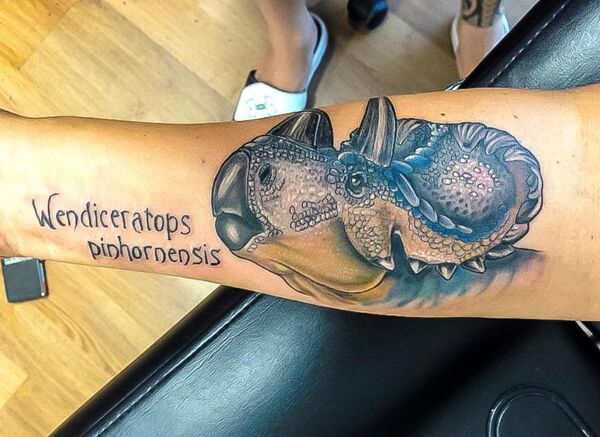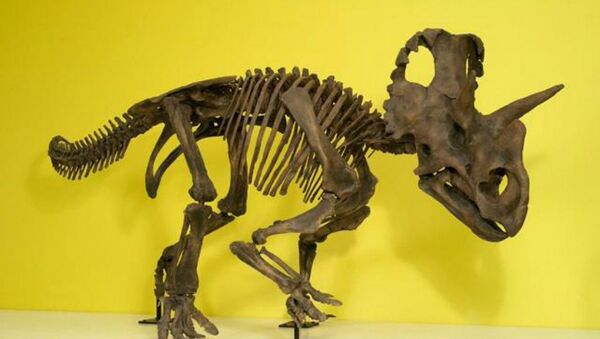The dinosaur, which was about six meters long and weighed more than a ton, was spotted by Sloboda in a bone bed near Milk River in Alberta in 2010.
The new creature is believed to be one of the oldest known members of the horned dinosaur family, which it shares with the well-known Triceratops.

Sloboda said in an interview that while looking for dinosaur bones in a remote area near the Milk River in Pinhorn Provincial Grazing Reserve, she discovered a rock that she recognized as part of a horned dinosaur skull.

Over the next three years, a team of paleontologists managed to remove 25 meters of rock in the area, discovering more than 200 bones of four horned dinosaurs, including two adults, an adolescent and a baby.
"Horned dinosaurs are characterized by the shape and size and arrangement of these hooks and horns that project off their face and off of their neck shields," David Evans, co-author of the study and a Royal Ontario Museum paleontologist, said.

He explained that Wendiceratops, which lived 75 to 79 million years ago, may provide more information about "the early evolution of these skull ornaments that really characterize this iconic group of dinosaurs."
According to Evans, the new dinosaur, which had "a pretty spectacular array" of hooks and horns on its head, can be described as one of the oldest known members of the horned dinosaur family.

As for Wendy Sloboda, the 47-year-old was so excited about the new dinosaur being named after her that she even got a tattoo on her arm with the drawing of Wendiceratops.


